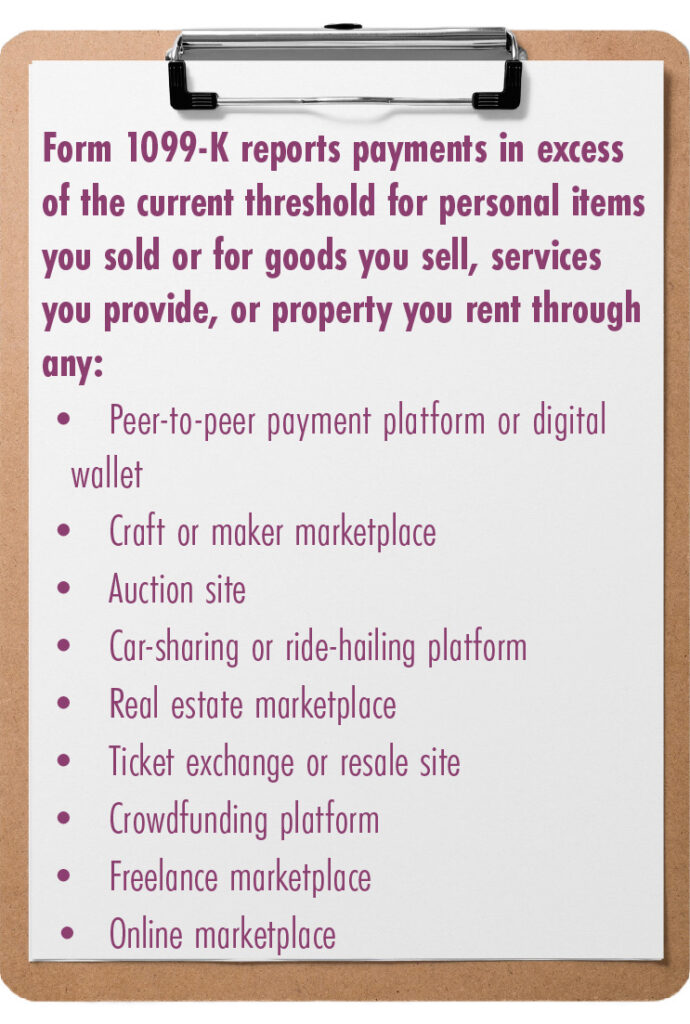
It’s spring, and for many homeowners, thoughts are turning to home renovations. If this describes you, be aware that some qualified home improvements are eligible for tax deductions.
NEW TAX CREDIT
For starters, the new federal income tax credit available through 2032 allows you to deduct up to 30% or $3,200 annually for energy-efficient home renovations. The tax credit covers improvements such as installing heat pumps, heat pump water heaters, insulation, doors, and windows, as well as electrical panel upgrades, home energy audits, and more.
You may claim the credit for your existing primary residence only. If you use your home partly for business, the full credit is available for business use up to 20%. For more than 20% of business use, the credit is based on the share of expenses allocable to nonbusiness use.
In addition to the energy efficiency credit, homeowners can also take advantage of the modified and extended Residential Clean Energy credit, which provides a 30% income tax credit for clean energy equipment, such as rooftop solar, wind energy, geothermal heat pumps, and battery storage through 2032, stepping down to 22% for 2033 and 2034.
REBATES FOR ENERGY-EFFICIENT UPGRADES
The U.S. Department of Energy will provide $8.8 billion in rebates for home energy efficiency and electrification projects as part of the Inflation Reduction Act. You may be able to save money on energy bills, improve in-home comfort, and reduce indoor and outdoor air pollution. Household savings can range from hundreds of dollars for single items such as an electric cooktop or dryer to $8,000 for a heat pump or cutting home energy use by 35% or more.
Rebates will vary based on your household income and where you live since each state will administer the program separately. They may be stacked on top of existing tax credits. Check with your tax professional to see what credit and rebates are available to you.






